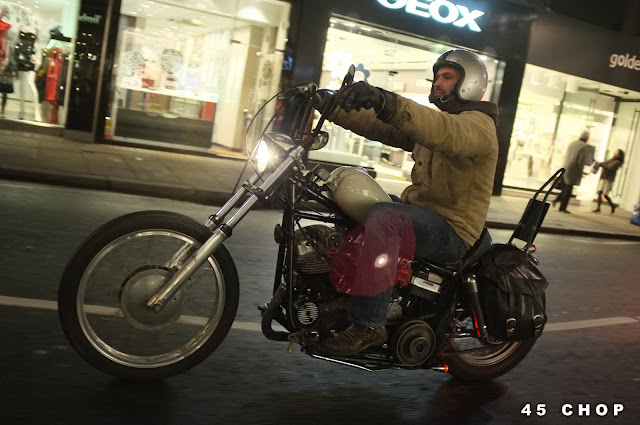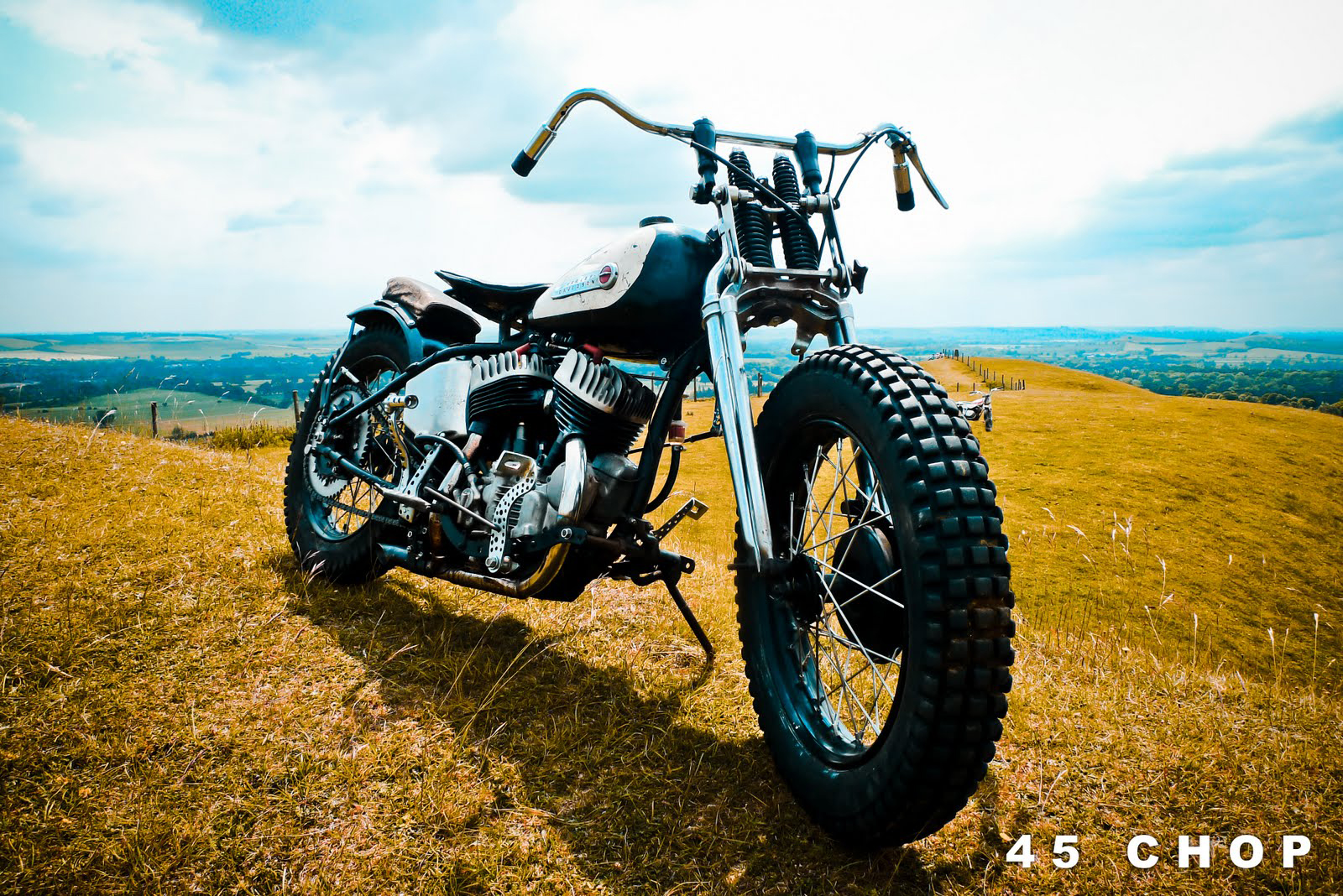Part II wasn't meant to be part of the plan. Got the engine back together and slotted in the bike. But then on the testride the clutch started slipping. Loads. Probably the most stressful ride yet, in third gear the bike really likes sitting at high revs where the power can overcome the tall gearing but the slightest increase over 3600rpm would slip the clutch. Even under that it was pulsing in and out.
I thought it was game over but fortunately Tony was around and we managed to rebuild it, like new.
This is the gearbox shaft which holds the clutch on. Its a pretty cool piece with a keyed taper for the back plate, threaded section for a nut, toothed section which the front plate slides on and then a final threaded section long enough for the adjusting nut. So the back and front plates spin together and the middle section holds the sprocket and can turn independently.
That black ring isn't a seal, just a retaining ring for the roller bearings. The seal goes on the back plate and runs on the outside edge of the gearbox ring. My one is fucked and the gearbox is running on a very low oil level. A headache I don't want to think about. Anyone of my three followers got one of these seals?? Tony said he's never even seen one that big.
Here the back plate is on the taper. The sprocket runs on the little ball bearings.
Castellated nut
Back plate on, pre-cleaning.
The sprocket assembly which runs on those little ball bearings. It houses a few metal plates, which can spin, and fibre ones which are toothed in place. The fibre ones were very glazed so we washed them in petrol and scuffed them up on some coarse emery paper. Cleaned the metal plates on a wire wheel. Good as new.
This is the front plate which is also driven by the clutch gear. The rods had been replaced and welded in, proper side of the race-track bodge and they were working their way out. Fortunately I had a spare early flathead clutch and it had a good plate which we nicked. It also had longer springs which will help give a bit more clamping force. Friction is directly proportional to force, don't you know.
The inside edge of the front plate. The metal clutch plates also run on a toothed section. It's a pretty clever design, when the clutch is engaged the torque is transferred through the teeth on the plates and the friction on the faces.
At this point I forgot to take photos but bear with me. The springs go on the rods and are held in place by a donut-shaped holding cap with holes that allow it to slide over the rods. The plate is held onto the cluch shaft by the last threaded nut. We screwed it right in so that the springs are well compressed.
Then another cap bolts onto the ends of the rods. It has a cool springed, toothed nut on the inside which stops the adjusting nut from coming loose. I guess a photo would have helped.
When the clutch pedal is pushed, the clutch rod pushes against the inside of the end cap. The sprocket sections stays where it is and the front plate is pulled outwards. The rods slide through the holes on the holding cap, compressing the springs and releasing the plates. Simples.
Super narrow and now super effective. I even dropped it and got a bit of wheelspin. I don't know much about other clutches but this is very similar to their early flathead clutches. The other 45s got a fat new design at the beginning of the forties but they kept these on the WRs for better ground clearence. Harley then used the new design, in various forms, for decades. Maybe even to the seventies?


































































